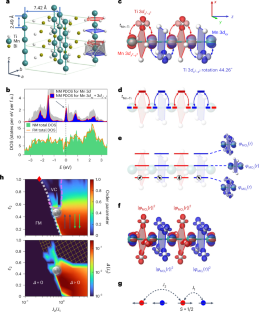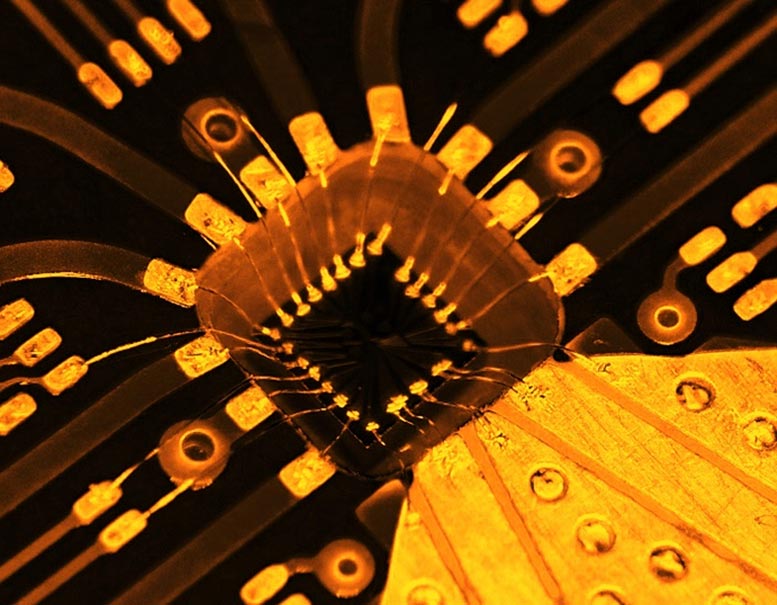Scientists at the University of British Columbia’s Blusson Quantum Matter Institute have discovered a rare form of one-dimensional quantum magnetism in Ti4MnBi2, providing the first experimental evidence for a theoretical state of matter. This breakthrough represents a significant advancement in quantum materials research, as it demonstrates a system that combines metallic properties with one-dimensional magnetism.
Unlike previous spin chain systems that were primarily insulators and eventually became three-dimensional at low temperatures, Ti4MnBi2 maintains its one-dimensional character. Through neutron scattering measurements and advanced computational techniques like Density Matrix Renormalization Group calculations, researchers confirmed that Ti4MnBi2 forms spinons (a hallmark of one-dimensional quantum magnetism) in a correlated metallic environment.
What makes this discovery particularly noteworthy is that Ti4MnBi2 is only the second known metallic system with confirmed one-dimensional magnetism, and the first where magnetism and the metallic host are strongly entangled. The material exhibits highly frustrated interactions among its spins, placing it near a quantum critical point that separates different phases at zero temperature.
Traditional three-dimensional magnetic systems typically order at non-zero temperatures, but Ti4MnBi2‘s one-dimensional nature means strong quantum fluctuations dominate its measurable properties, preventing conventional ordering. Despite weak interchain coupling, the one-dimensional magnetism remains the dominant characteristic at the lowest temperatures.
This research bridges the gap between traditional magnetic insulators and more complex electronic systems, opening new avenues for advancements in quantum computing and spintronics. The exceptional correspondence between experimental results and theoretical predictions may serve as a benchmark for future quantum simulations.
The discovery required growing more than 100 batches of high-quality single crystals, with over 400 crystals co-aligned for neutron scattering experiments. This collaborative effort, involving experimental and theoretical expertise, establishes a new class of quantum materials that could redefine our understanding of magnetism and electronic behavior at the quantum level, potentially enabling novel quantum technologies and magnetic memory systems with superior density and speed.
Reference: “Frustrated spin-1/2 chains in a correlated metal” by X. Y. Li, A. Nocera, K. Foyevtsova, G. A. Sawatzky, M. Oudah, N. Murai, M. Kofu, M. Matsuura, H. Tamatsukuri and M. C. Aronson, 8 April 2025, Nature Materials. DOI: 10.1038/s41563-025-02192-z


